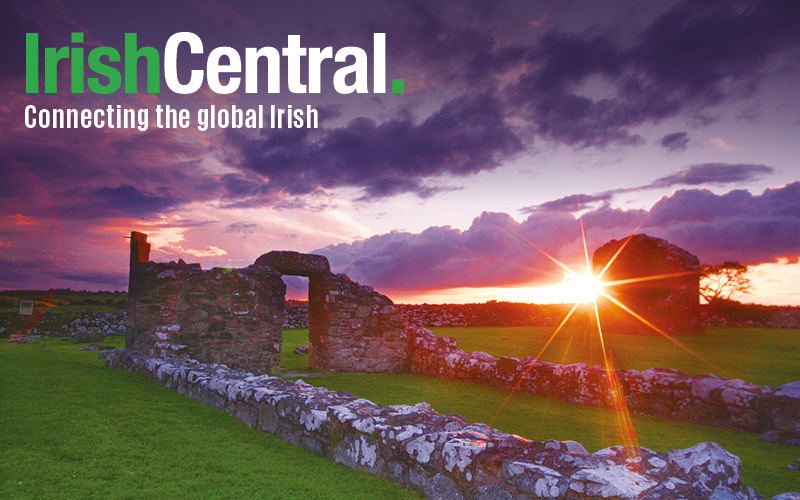Today marks 51 years since the assassination of President John F. Kennedy in Dallas, Texas on November 21, 1963.
America’s first Irish-Catholic president, JFK was the son of two Irish emigrant families from Co. Limerick and Co. Wexford. Growing up close to Boston, he relished his Irish roots.
(See article: Top facts about President John F. Kennedy you never knew)
"When my great grandfather left here to become a cooper in East Boston, he carried nothing with him except two things: a strong religious faith and a strong desire for liberty,” he said in a moving speech while in New Ross, Co. Wexford. “I am glad to say that all of his great-grandchildren have valued that inheritance.”
Last year marked the 50th anniversary of his historic 1963 visit to Ireland, where he received the Freedom of the City in Dublin.
In a speech in Galway, he said, "If the day was clear enough, and if you went down to the bay and you looked west, and your sight was good enough, you would see Boston, Massachusetts. And if you did, you would see down working on the docks there some Doughertys and Flahertys and Ryans and cousins of yours who have gone to Boston and made good."
As the youngest president in history to be elected to office, JFK served over two years as America’s 35th president.
(See article: Unseen photos of JFK and Jackie “wedding of the century” to be auctioned)
He was in office during several turning points in the country and the world as the nation’s president in the early 1960s - notable events include the Bay of Pigs invasion, the Civil Rights Movement, the Cuban Missile Crisis, the Space Race and the building of the Berlin Wall.
John F. Kennedy was fatally shot by sniper Lee Harvey Oswald in Dallas, Texas while traveling with his wife Jackie, Texas Governor John Connally and Connally’s wife in a presidential motorcade. Oswald was killed before he could stand trial.
(See article: John F. Kennedy predicted his own assassination)
Kennedy was so impressed by the Irish Cadets on his visit to Ireland that Jackie Kennedy requested the Irish Army to be the honor guard at his funeral. 16 million people visited his grave between 1964-1966 alone.




Comments